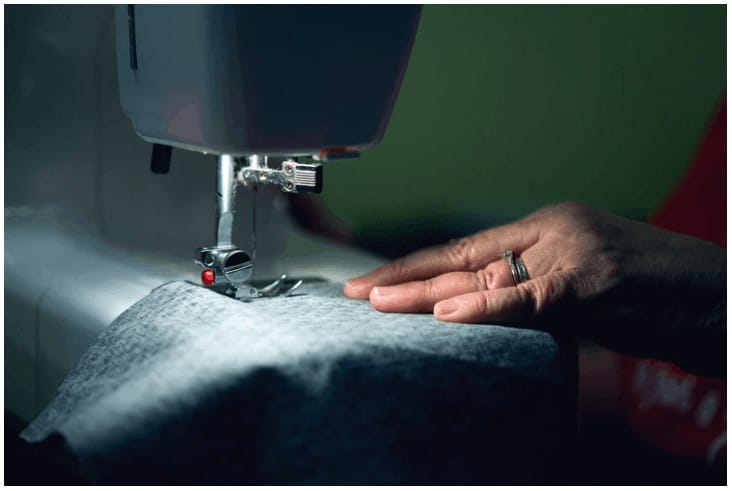Benefits Of Olefin Fabric
Olefin fabric is widely used due to its easy production process and its numerous wonderful benefits which are listed below.
Water Proof: Olefin is one of the best waterproof fabrics. This is mostly due to its synthetic nature. Water that comes in contact with the fabric is not absorbed into the material; instead, it forms droplets and stays on top. This makes olefin fabric perfect for outdoor furniture like chairs and throws pillows. It’s also an excellent material for making carpets because water spills can easily dry. Durability: If you’re looking for a long-lasting fabric for your next upholstery project, olefin fabrics are the best bet. They can withstand wear and tear from constant usage. Also, their colors do not fade easily even if they are exposed to constant sunlight. Since they are very non-absorbent, they are stain-resistant and also very easy to clean and maintain. This makes them a very cost-friendly fabric to use for all sorts of upholstery. Eco-Friendly: The manufacturing process of olefin produces little to no toxic waste, and olefin itself can be recycled into other forms.
Uses
Olefin fiber is best suited for making materials that need to be tough and long-lasting while maintaining their quality because of its various qualities. Apart from its wide usage in outdoor furniture, another great use of olefin fabrics is making the vehicle interiors. Its tough nature ensures it won’t fade quickly from passengers’ constant movement as they move in and out of the vehicle. Another great use of olefin is for wall covering and production of industrial materials
Maintenance
Olefin fabrics though being strong and durable than other fabrics like cotton and wool also need a level of maintenance.
One thing to keep in mind while handling olefin is temperature. They are heat-sensitive. While ironing olefin fabrics, it’s always best to use low heat to preserve the fabric. Also, avoid using a dryer after washing as much as possible. Allowing it to air dry helps it last longer.
How Olefin Fabric Is Produced
The Fabric was first created in Italy in 1957 by Guilio Natta and was fully produced in the USA by 1960.
Propylene, the basic chemical needed to create olefin, is one of the by-products of oil production. Initially, it was burnt off because other uses for the chemical were unknown until the mid-1900s when it was discovered that a fabric could be created with it.
Olefin being a synthetic material is not produced like cotton or wool that is gotten from cotton plants or the back of sheep. The first process in its production involves the melting down of chemicals such as propylene and ethylene.
After the chemicals melted, they are passed through the holes of a device called a spinneret. During the melting process, solution dyes are added to the chemicals to give them color. This is because olefin fibers are difficult to dye after being dried or woven.
The chemicals come out of the holes in long strands which are left to dry before being woven into fabrics.
